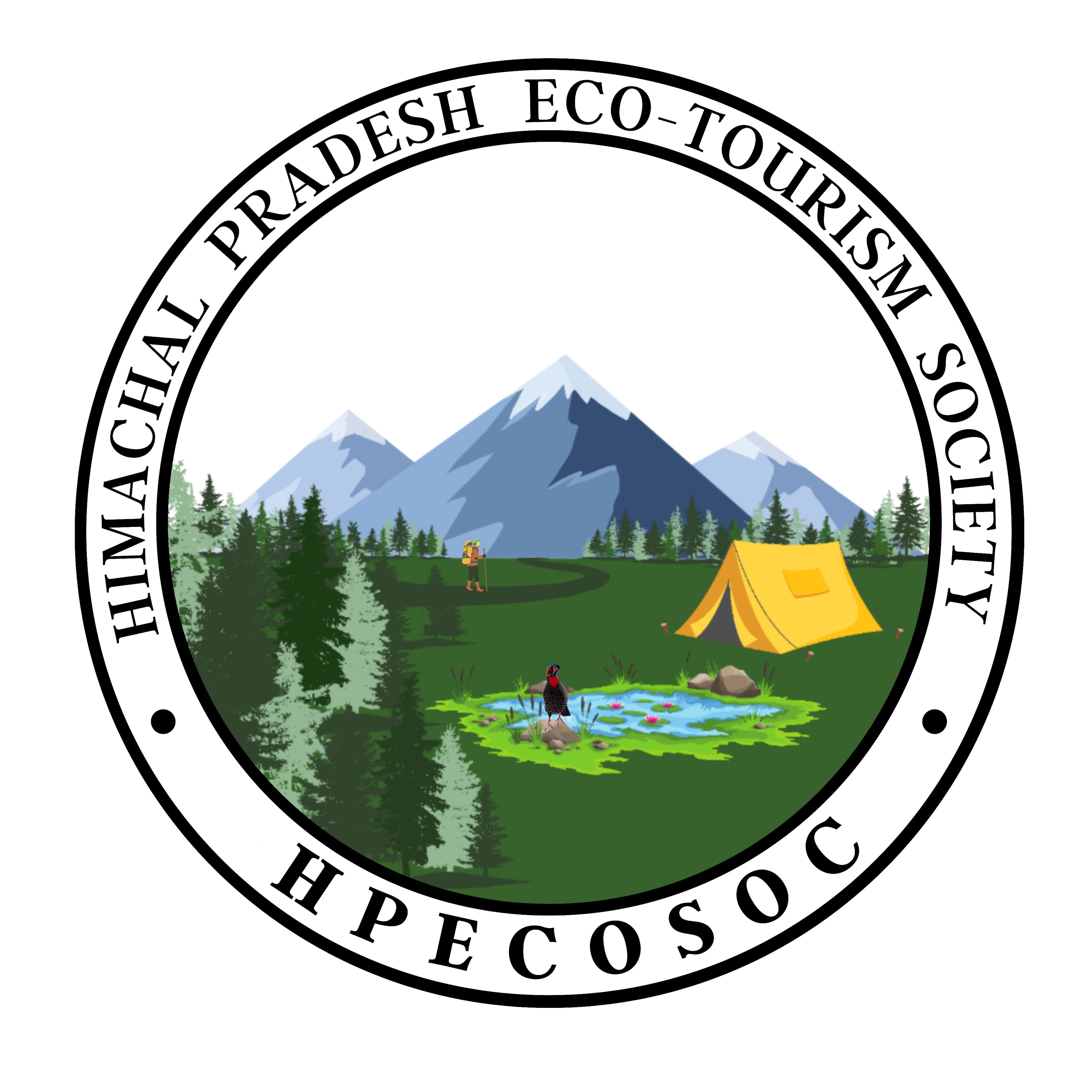Joginder Nagar Division
Note : Maximus up to 3 days in a week booking allowed in any of the FRH
Joginder Nagar Overview
Joginder Nagar, in Himachal Pradesh, was established in 1925 by Raja Joginder Sen of Mandi to harness the region's hydroelectric potential, and was named after him. It's known as the "Hydroelectricity Capital of India" and is the only city in Asia with three hydroelectric power stations.
Here's a more detailed look at its history:
- Hydroelectric Power Pioneer:
In 1925, Raja Joginder Sen and Col. B.C. Batty planned a hydropower scheme near the village of Sukrahatti, which was later renamed Joginder Nagar.
- Shanan Power House:
The Shanan Power House, one of the earliest hydroelectric power stations in India, was built by a team of engineers headed by Col. Batty, after tunneling and piping water from the Uhl river.
- Narrow-Gauge Railway:
A narrow-gauge railway track was laid from Pathankot to Jogindernagar to transport heavy machinery for the Shanan Power House construction.
- Bassi Power House:
Later, the Himachal Pradesh State Electricity Board added another set of turbines at nearby Bassi, resulting in the Bassi Power House.
- Potato Market:
Until the mid-20th century, Joginder Nagar was northern India's largest potato market, with potatoes transported from outlying areas via mules.
- "Electric City" and "City of Powerhouses":
Today, Joginder Nagar is known as "Electric City" and "The City of Powerhouses" due to its three hydroelectric power stations.
Language
Hindi
English
Clothing Essentials
For a trip to Jogindernagar, Himachal Pradesh, pack light, breathable clothing for daytime, with warm layers for cooler eveings and a a light jacket or sweater. Don't forget comfortable walking shoes, a hat, and sunscreen.
How To Reach
Attractions
| Places to visit | Distances from Joginder Nagar (Km) |
|---|
Parks
Weather
| Season | Months | Temperature |
|---|
Our Destination expert will be happy to help you to resolve your queries for this tour.

